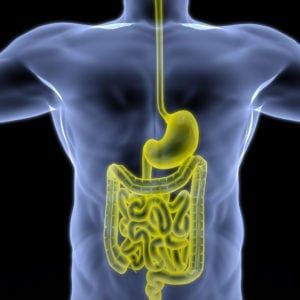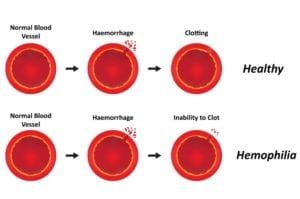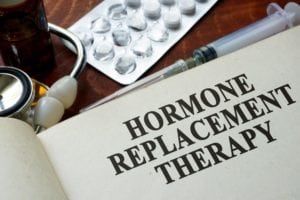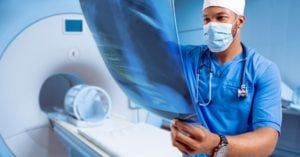Endoscopic Retrograde Cholangiopancreatography, or ERCP, is a procedure used to diagnose and treat disorders pertaining to the pancreas, liver, gallbladder and bile ducts. During the procedure, a gastroenterologist uses an endoscope to inject contrast dye into the bile ducts or pancreatic ducts. This allows the doctor to view and treat obstructions and blockages within the ducts, which the contrast causes to become visible on x-rays.
Did you know…that digestive fluids like bile and pancreatic juices flow into the small intestine through a series of ducts? However, narrowing or obstruction of the ducts, such as by a gallstone or tumor, can cause abdominal pain in the upper right or upper middle section of the abdomen. In some cases, duct blockages can even cause yellowing of the eyes and skin – a condition known as jaundice. |
Frequently Asked Questions
Who needs ERCP?
Patients usually require ERCP to confirm a diagnosis when a doctor suspects a duct blockage is responsible for symptoms like jaundice, abdominal pain or abnormal levels of pancreatic or liver enzymes in the blood. However, a GI doctor will typically order less invasive imaging tests, such as an ultrasound, CT scan or MRI scan to diagnose the cause of symptoms prior to ordering an ERCP. ERCP often facilitates simultaneous diagnosis and treatment of conditions that have blocked or narrowed the pancreatic ducts or the bile ducts. During an ERCP, a doctor may open or stretch narrowed ducts, remove gallstones, drain bile, and even take a biopsy of tumors.
What should I expect during a endoscopic retrograde cholangiopancreatography?
During the ERCP, you will be given an IV-sedative to help you relax during the procedure. While on your left side, a thin tube is inserted into your esophagus, through the stomach, and into the area of the small intestine known as the duodenum. The tube injects dye into the ducts, allowing the doctor to see growths, stones, and areas that have become narrowed on an x-ray. Tiny tools may be placed through the endoscope to treat or remove blockages. Most patients feel little or no discomfort during the procedure, and many have no memory of the test.
Will I experience any downtime after an ERCP?
Many ERCP procedures are performed on an outpatient basis, although some patients are hospitalized for the test. You will remain under observation after the ERCP until your doctor determines it is safe for you to go home. You may experience a sensation of fullness or bloating after the procedure, as well as temporary changes in bowel habits. Most patients return to normal activity within 1 to 2 days.











































































































































































































































































































